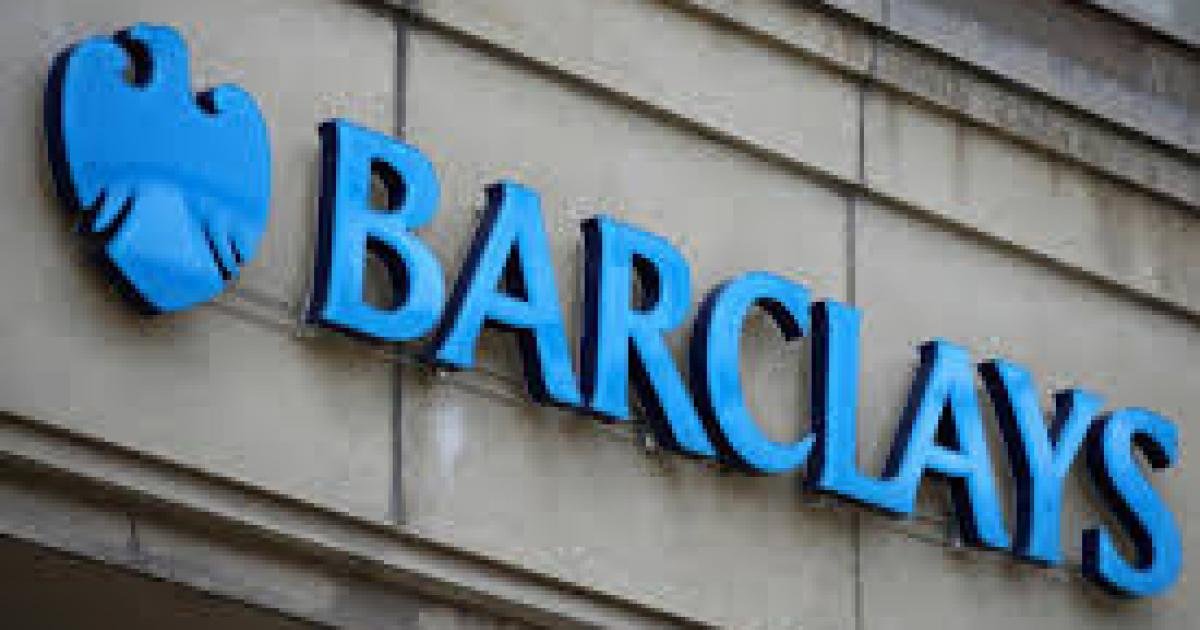Consumer spending on rent and mortgages grew 4.6 per cent year-on-year in May.
Data from Barclays Property Insights shows that rent and mortgage spending shows those nearing the end of five-year fixed-rate mortgages are anticipating increased costs too.
The increase in repayments comes as roll off onto comparatively higher rates. Three in 10 (29 per cent) mortgage holders report they either have, or will, remortgage in 2025.
🎤 BARCLAYS 🤝 ENTERTAINMENT: We’re partnering with two of the UK’s most iconic venues – The O2 and Co-op Live.
Helping fans see more of what they love – with perks like:
🎫 Specially reserved tickets for customers
🔑 Access to hospitality suites and premium lounges pic.twitter.com/ou1yuVg1zi— Barclays Bank (@Barclays) May 21, 2025
Now, Barclays has warned that more than seven in 10 (72 per cent) say repayments will rise – and by an estimated £331 per month on average, the equivalent of £3,972 per year.
Jatin Patel, Head of Mortgages, Savings and Insurance at Barclays, said in a warning for households: “Homeowners nearing the end of a five-year fixed-rate mortgage are preparing for an increase in their monthly repayments as they transition to higher rates, prompting many to weigh up the certainty of a longer-term fix against the flexibility of a variable or tracker product.
“However, the current interest rate environment has not dampened renters’ appetite for getting on the property ladder, many of whom are taking steps to save enough for a housing deposit.
“For those ready to buy, our data shows that we’re currently in a buyers’ market when it comes to negotiations, with most sellers willing to accept offers under asking in order to facilitate their next move.”
Recommended reading:
Will Hobbs, Managing Director, Barclays Private Bank and Wealth Management, said in a statement alongside the findings this week: “We remain a little more upbeat on the UK’s economic outlook than many.
“That more optimistic tilt rests on the aggregate balance sheet strength of the UK’s households as well as still brisk real wage growth for those in work.
“Unemployment is low and this latest hump in inflation is unevenly fading, which should allow interest rates to continue to trickle lower in the quarters ahead.”




